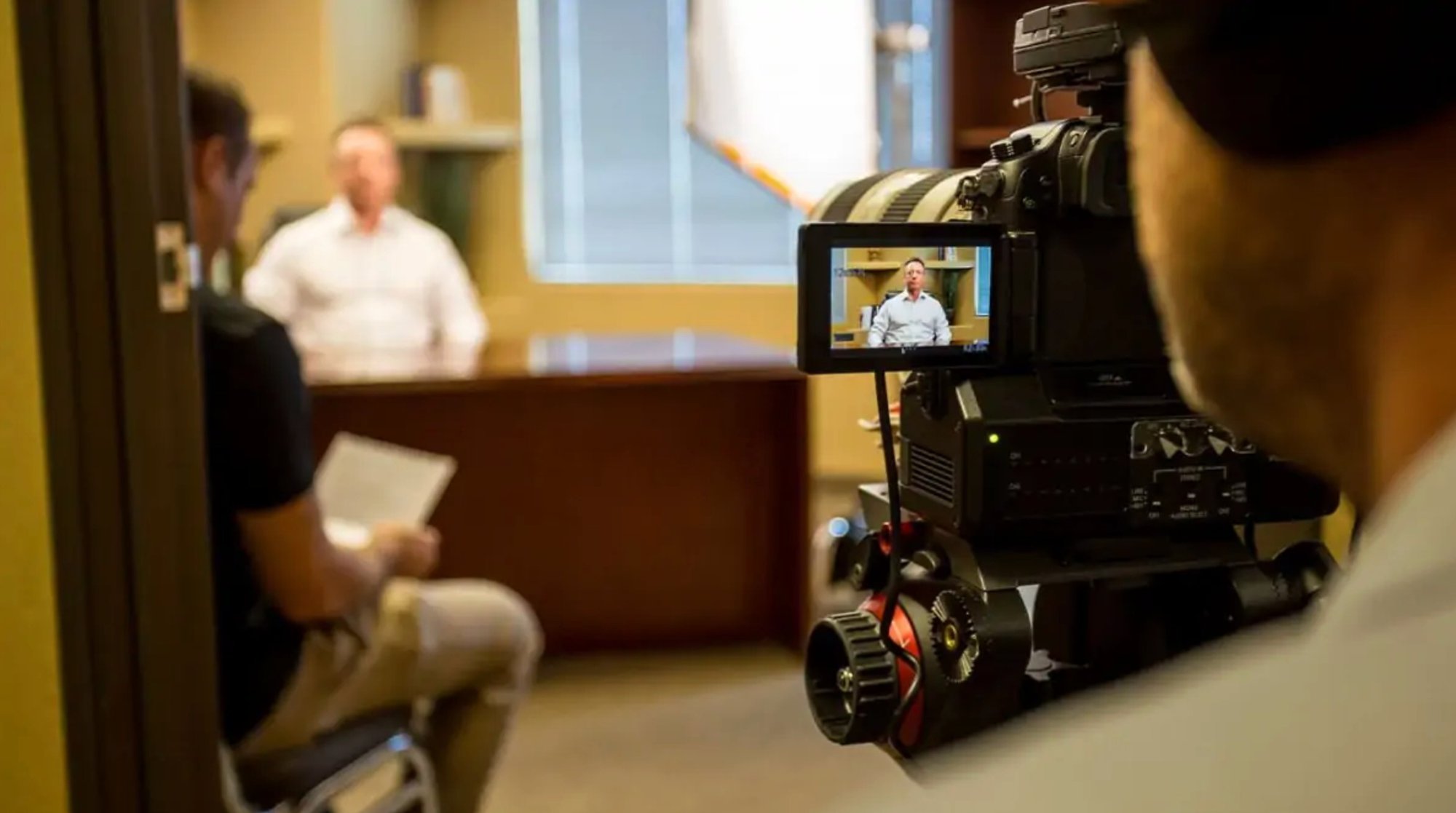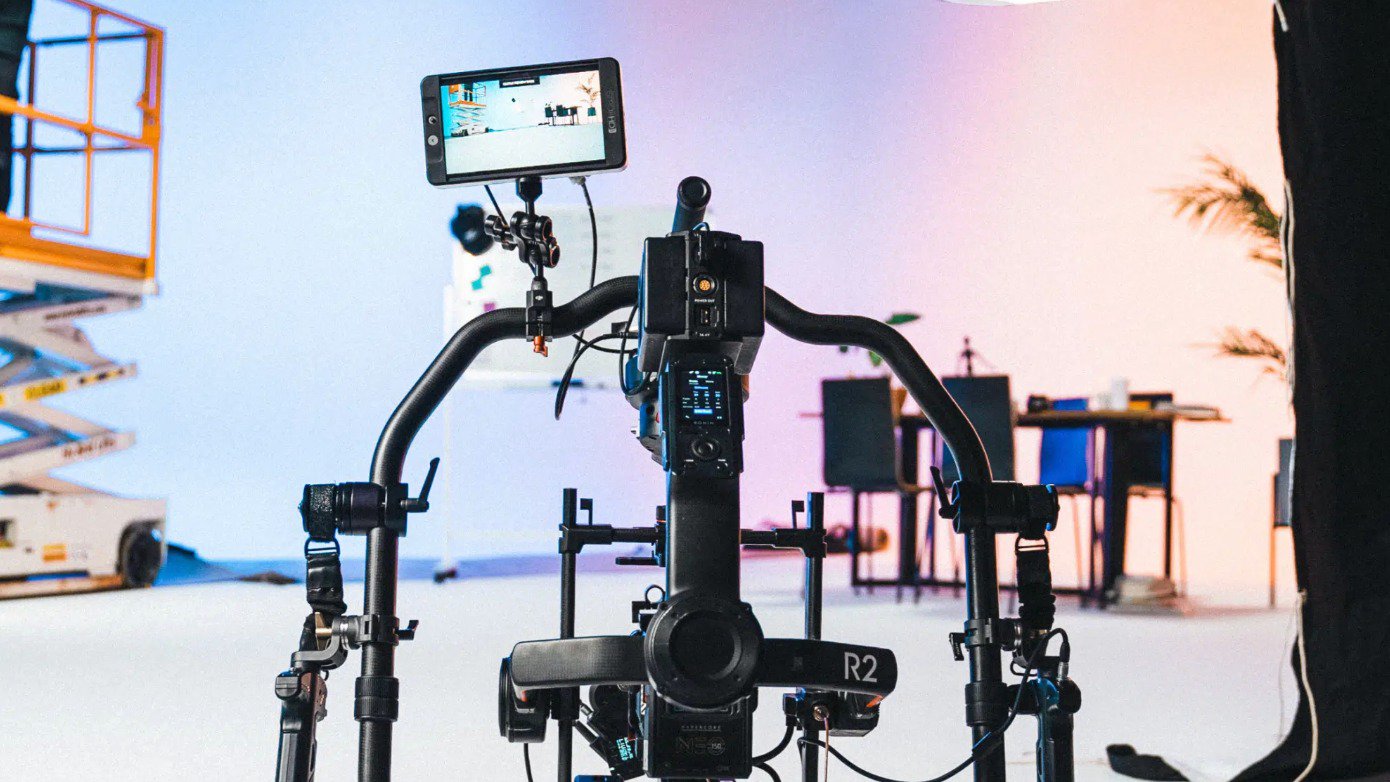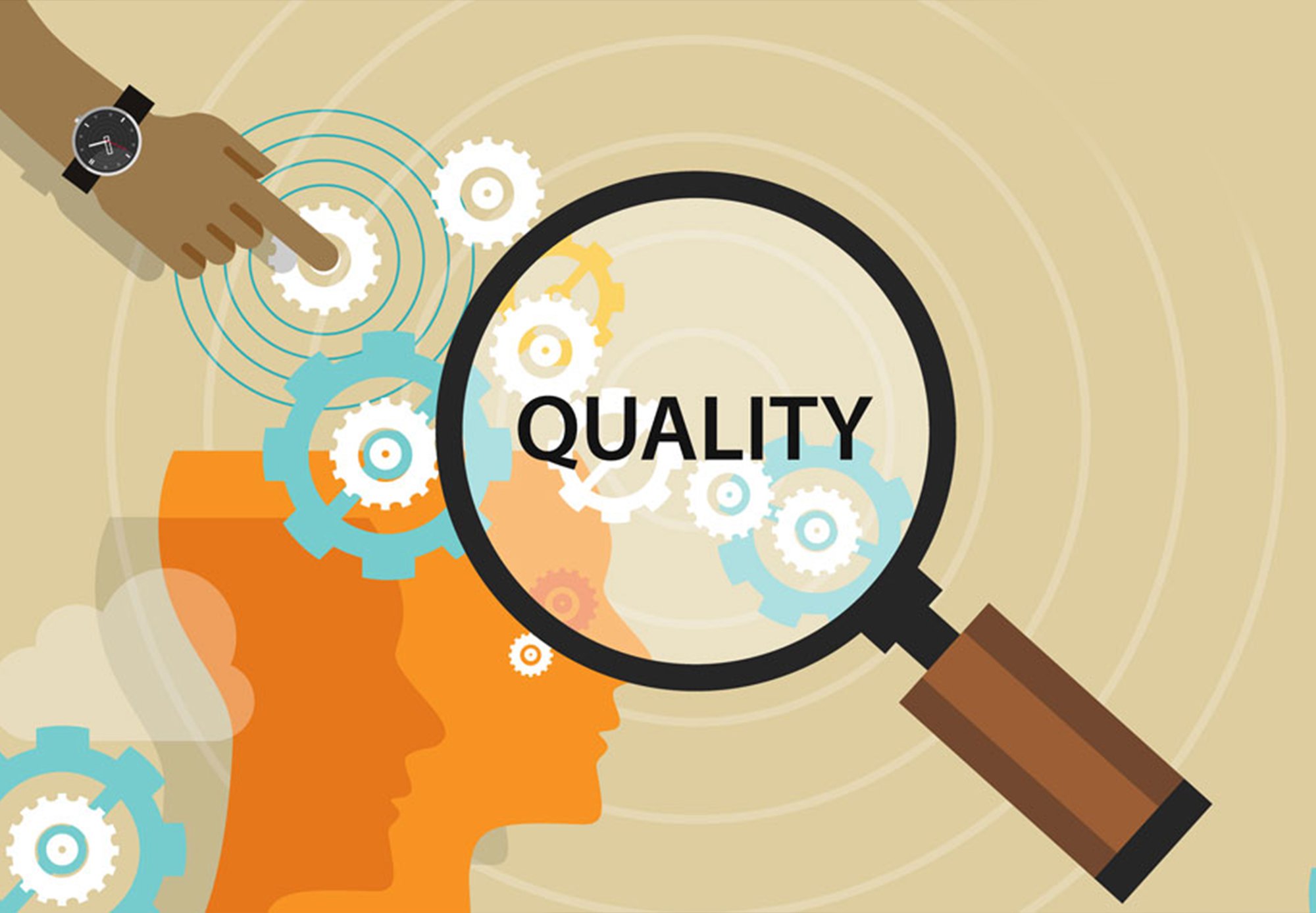Remote recording falls into one of a few categories: video interviews for podcasts, Zoom meetings, and YouTube content creation. Achieving ultimate fidelity with your remote recordings follows the same basic principle no matter what your plans are, and it all starts with choosing the right microphone.
Recording audio and video remotely has become increasingly common within the past couple of years. The problem that a lot of people have had in the age of Zoom meetings is getting their audio quality up to par. While this article has solutions for DIY aficionados, you may also consider hiring a professional remote recording service.
Arguably the most important part of any remote recording is the audio itself. That’s why choosing the right microphone is a wise first step to take. That said, it’s not as simple as you might think.
Latency and the use of low-grade microphones are just a couple of factors that can hinder the audio quality of your remote recordings.
Sure you can search around Google or Amazon and pick any old USB microphone and call it good. The truth is that certain microphones are better for certain scenarios than others.
In this article, we’ll go over everything you need to know about improving audio quality in your remote recordings. The best part is that you only need to choose one good microphone no matter what your plans are.
First things first, we need to talk about where you’ll be recording your audio before diving into the technical stuff.

Consider Your Recording Environment
Sonic reflections can wreak havoc on any recording. The most common forms of acoustic distortion mainly occur in rooms with a lot of hard surfaces.
If your recording space has hardwood or tile floors, then you’re likely to experience a higher degree of problematic acoustic distortions.
Instead, you should consider setting up your recording area in a space that has more absorbent materials like carpet floors and window curtains.
If you want to go the extra mile, or if you only have hardwood floors throughout your home, then consider adding some acoustic treatment to your recording space.
You don’t have to go crazy here, but even adding a few acoustic panels to your walls and ceiling will go a long way.
The physical setup of your recording space is the very first thing you should consider no matter what you're planning to record. Even the most expensive microphone in the world will sound horrible in an overly reflective environment.
The main takeaway here is that if you have any doubts about your recording space, then take the time to improve it first before upgrading your equipment.
Choose The Right Microphone
Now that you have fine-tuned your recording space, it’s time to invest in a good microphone. Now, you have a few choices here. The first choice is the type of microphone.
Let’s start out by laying out the three most common types of microphones for remote recording, then we’ll move on to the other considerations.
Dynamic Microphones
This is the type of microphone that will serve you best in a remote recording environment.
Dynamic microphones capture audio by using a moving induction coil that’s suspended in a magnetic field. When sound waves come in contact with the coil, it moves up and down to create an electrical current.
This whole process operates just like a speaker but in reverse.
From there, the signal is sent to your audio interface and transmitted to your audio software for processing. After that, any audio captured by the microphone is sent to your computer for processing, then it’s reproduced by your speakers or your headphones.
Voila! You have an audio recording.
Now, what makes dynamic microphones so great for remote recordings is their durability and their ability to isolate ambient noise.
To be fair, not every dynamic microphone will work perfectly for remote recording. To properly capture your voice, you’ll need a mic with a fairly large diaphragm, but we’ll get into that in more detail later on.
For now, all you need to know is that dynamic microphones are probably the best choice for remote recordings of any kind. Keep that in mind as we move on.

USB Microphones
You’ll see a lot of people recommending USB microphones for remote recordings. For most folks, a USB microphone will be adequate enough. If you’re just looking for a microphone to use for casual video meetings, then you don’t really need to go for a fancier dynamic microphone.
That said, if you’re going to be streaming video or interviewing for a podcast and recording it through Zoom, then it’s highly recommended that you go a step further and get a dynamic microphone.
USB mics are easy to use and some options do tend to sound pretty darn good.
The problem lies within the internal converters (both ADC & DAC) that most USB mics come equipped with. If you want to achieve near-zero latency recordings that are clearer and more accurate, then you need a dedicated audio interface.
You simply can’t rely on the converters in a USB microphone if you’re truly looking to improve your audio recording quality. It’s true that there are some USB mics that have quality converters out there, but it can certainly be hit and miss.
Also, USB mics with top-notch converters tend to cost a pretty penny.
Again, if your plans for your future recordings are pretty simple, then you can get away with using a USB mic. If you want to truly improve your audio quality, then don’t be afraid to upgrade to a more complex setup.
Other Factors To Consider
Okay, now that we’ve pinpointed the type of microphone you’re going to need, it’s time to get a little more technical.
Diaphragm Size
First and foremost, since we’re talking about dynamic microphones, you’re going to need a specific diaphragm size to properly capture your voice. In this case, the larger the diaphragm, the better.
For example, the Shure SM7B is one of the most popular microphones for remote recording of any kind. You’re sure to have seen one used before on a popular podcast or YouTube channel.
This is due to the fact that the SM7B has a fairly large diaphragm, which in turn creates more room for a larger membrane. Ultimately, this makes it easier for the microphone to capture certain subtleties without picking up a lot of ambient noise.
The SM7B isn’t the only choice out there, but it’s a great example of a top-notch microphone for remote recording.
Point is, to go for as large of a diaphragm as possible in a dynamic microphone. It’s the perfect combination for creating the best quality audio in your setup.
Polar Pattern
The polar pattern of a microphone dictates the direction in which it “hears” sound. That’s a very simple way of putting it, but there’s really no need to get overly technical here.
For remote recordings of your own voice, a cardioid polar pattern is all you need.
The root of the word cardioid means “heart-shaped.” The shape of this polar pattern allows the microphone to pick up sound directly from the front while blocking out the rear.
A microphone with a cardioid polar pattern ensures that you’re blocking out ambient noise and only capturing your voice. There are a number of other polar patterns as well, but they’re really only useful in recording studios or film studios.
In a remote recording environment, the more straightforward the better, pun intended.
What About Condenser Microphones?

Up to this point, we’ve only talked about dynamic microphones and USB microphones, but why aren’t condenser mics included?
Well, there is a very simple answer to this question: they’re way too sensitive.
Condenser microphones (especially large-diaphragm variations) are made for intricate vocal recordings in a recording studio environment.
If you use a condenser microphone in a podcast or streaming studio, you’re sure to pick up a whole bunch of unwanted background noise. This is especially true if you have a poorly treated recording space.
To be fair, there are some small-diaphragm shotgun-style condenser microphones that would be decent for remote recordings, but they tend to have very hefty price tags.
Overall, a condenser microphone would simply be overkill in a remote recording environment. If you’d rather not hear the garbage truck down the street in your recordings, then stick with a dynamic microphone.
Additional Equipment
Okay, given what we’ve talked about thus far, you should be able to pick the perfect microphone for your remote recording needs. We’re not done yet though.
There are a few other key pieces of equipment that you’ll need to compliment your new microphone.
Audio Interface
Dynamic Microphones require mic preamps to work properly. Dynamic microphones inherently have an ultra-weak signal, and a preamp is needed to boost its gain up to line level. The sound card in your computer simply won’t suffice.
That’s where an audio interface with internal mic preamps comes into the mix. An audio interface will become the central hub of your remote recording setup. It’s where all of your gear is connected and processed, and in this case, it’s what will give your microphone the juice it needs.
Every audio interface comes equipped with XLR inputs for mic cables, and behind every input is a mic preamp waiting to boost your microphone.
Now, you don’t need the world's most expensive interface, but one with at least two XLR inputs will do just fine.
The Focusrite Scarlett 2i2 is a solid choice for a remote recording setup. You can also opt for the Presonus Audiobox USB 96 as more of a budget option. Pretty much any audio interface will do, those are just a couple of examples.
XLR Cables

Along with your audio interface, you’ll need a high-quality XLR cable for your microphone. Choosing a good XLR cable is easy. All you need to do is make sure that it’s durable and fast.
Try to pick an XLR cable from a reputable brand with a lot of solid reviews. Shelling out a few extra bucks for a higher-quality cable is always a wise choice.
Digital Audio Workstation (or DAW)
Now that you have an audio interface to complement your dynamic microphone, you’re going to need a DAW to record your voice.
Now, many audio interfaces come bundled with a basic version of a DAW right out of the box. In most cases, this will either be Ableton Live Lite, Pro Tools | First, or Studio One Artist. Any of these basic versions will be just fine for a remote recording environment.
You could opt for a paid version of a DAW down the road, but you should only need the lowest tier. You’re only really going to need one track to record your voice with, so there’s no need to go crazy here.
Pop Filter
These are essential attachments for any microphone, especially for remote recordings.
Pop filters are used to block out plosives (or consonant sounds like p, t, b, and k) and to avoid introducing harsh, unwanted mouth noises into your recordings.
They usually come in the form of a lightweight screen that helps to create more of a barrier between your mouth and the microphone. Some microphones come bundled with a pop filter, others don’t. Thankfully, they aren’t overly expensive
Mic Stand Or Boom Arm
Last but not least, you’ll need a mic stand or boom arm that can safely hold your microphone. The most popular option is a desktop boom arm. They can easily be fastened to your desk and you have more freedom in terms of mic positioning.
Alternatively, a stationary desktop mic stand will work just fine as well.
The most important thing here is to make sure that the mic stand or boom arm can handle the weight of your microphone. The last thing you want is to damage your new recording device, so double-check the weight limit of the stand before making your purchase.
Alternative Options

For some of you, buying all of this extra equipment is simply out of the question, at least for now.
In this case, then you can still get away with using a USB mic for the time being. That said, you should still try to find the best USB mic that can still fit within your budget.
This was mentioned before, but the Blue Yeti Line of USB mics is very good. They do tend to be pretty expensive, but it would likely still be cheaper than buying a list of new equipment. With this type of mic, as long as your computer has a USB port, then you’re ready to start recording.
Rode’s NT-USB Mini is another solid USB microphone. It’s made by a well-known brand in the microphone industry, and it has a price point that’s super affordable.
Overall, you don’t need a dynamic microphone with a slew of equipment right off the bat. That said, it’s definitely worth saving up for down the road.
Frequently Asked Questions
- What should I prioritize when choosing a microphone for remote video recording?
Focus on clear audio pickup, background noise reduction, and compatibility with your setup. For teams filming remotely, Levitate’s Remote Video Production Services ensure professional quality with the right gear and guidance.
- Do I need professional gear if I’m recording interviews from home?
Not always. Great results can come from affordable USB or lavalier mics, especially with expert post-production. Levitate’s Live Action Video Services help polish even remotely captured footage.
- Are there brands using remote setups to produce professional content?
Browse our Case Studies to see how companies maintained high-quality video production even when working with distributed teams.
- Where can I learn how to make remote content feel more polished and human?
This blog on How to Nail Your On-Camera Interview covers everything from setup tips to confidence on screen, essential for remote recording success.









